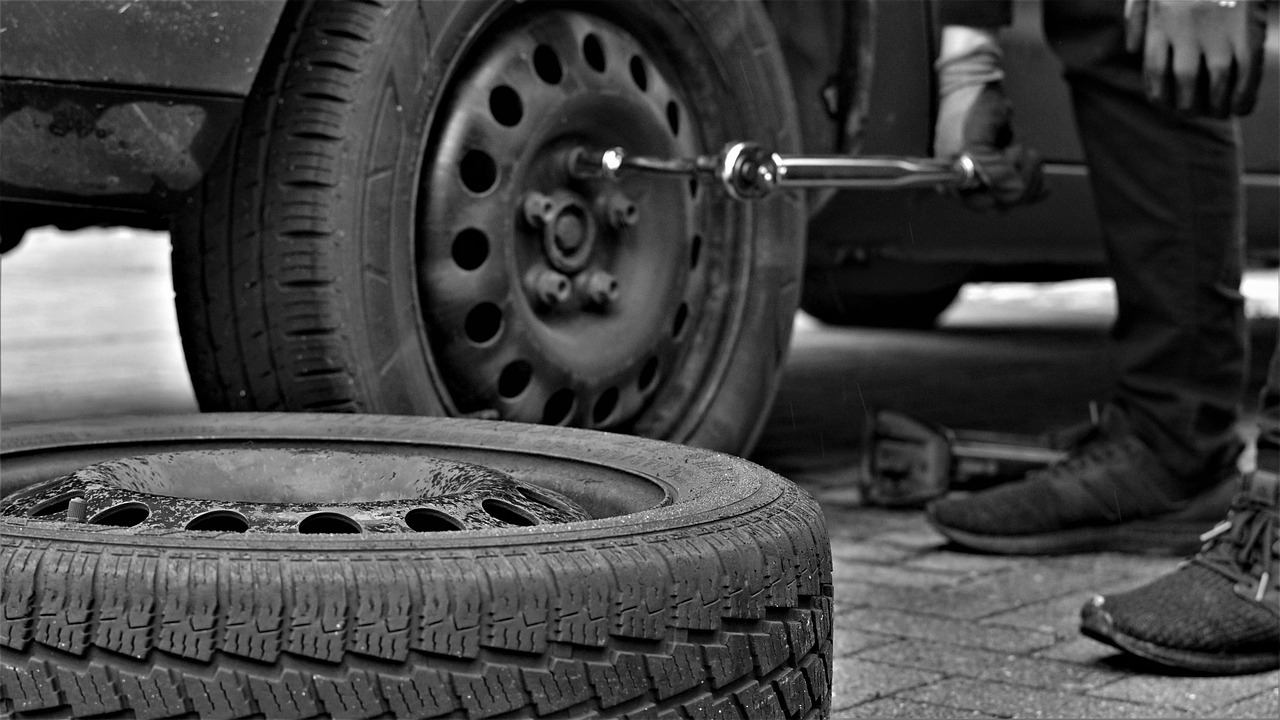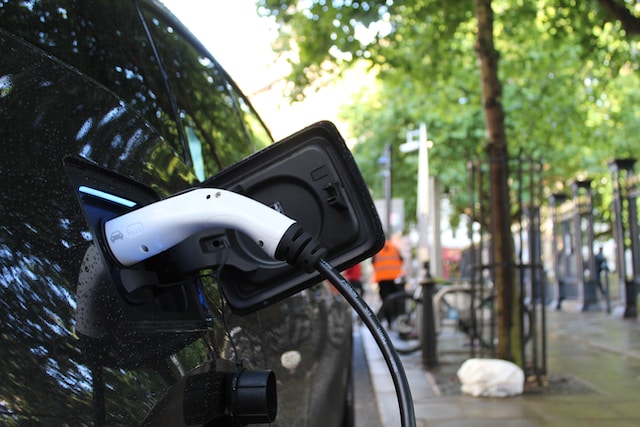There’s nothing more deflating than going out to your car, motorbike or van and discovering one of the tyres has gone a little flat. Even if it is only flat at the bottom, it’s still not safe to drive – but can your flat tyre be repaired? No one likes an unexpected expense and with modern cars, high-performance, low-profile tyres can be very expensive.
What can cause a tyre to fail?
Tyres take a huge amount of punishment when you think about the weight, speeds and forces involved. Yet they’re generally affordable and reliable. If you’re used to buying new cars or getting a regular company car, you could even have gone years without thinking about tyres. Yet they’re one of the most important things to check on when buying second-hand cars, as they can mean the difference between life and death.
Failure 1 – age: A low mileage car is appealing in many ways, but age affects rubber components whether they’ve done 5 miles or 50,000 miles. More accurately, exposure to UV light, and pressure. If the car’s sat in the same spot for years, the tyres can get flat-spotted; if they’ve deflated as well and been pumped up, the reinforcement inside the rubber can be damaged.
Look for sidewall cracks, perishing and above all, look for the date code on the tyre. If they’re more than five years old, particularly if they’re a cheap brand, think seriously about replacing them even if there’s loads of tread remaining.
Failure 2 – damage: Punctures are an obvious one, but potholes, kerbs and vandalism can all contribute to a flat tyre. A puncture could be caused by nails, sharp items or debris in the road, quite often dropped screws from DIY or building work but even an overlooked household item (one case we know of involved a discarded smokeless ashtray). Off-road drivers can frequently catch the side of the wheel and damage it.
Punctures in the tyre are often easy to spot, but a slow puncture may take some time to diagnose and could be a valve, a small hole, or inadequate sealing. It could even be the alloy wheel that leaks. Other damage may be harder to find, but the most insidious failure is the ‘egg’ or ballooned sidewall.
Often a result of potholes, this can happen on the inside of the wheel and go unnoticed for ages, a bulge that indicates the pressure isn’t controlled inside the tyre. When it gets hot and under stress, that’s when a blowout happens. Always check inside the wheel for bumps and bulges, not just the side you can see.
Failure 3 – wear: Letting a tyre go bald is a fairly obvious, and illegal, mistake, but uneven wear can pass an MOT and go unnoticed. Often the result of misaligned suspension (potholes again), and excess wear on the inside or outside of the tyre suggests more stress as well as use. A worn tyre can get to the point of the internal reinforcement (canvas or cords) coming through (a good reason to wear gloves when inspecting cars, as it’s sharp).
When is it safe to repair a tyre?
There are two aspects of safety with tyre repairs – so to be clear, this is about when the repair is safe; if you’ve had a blowout or tyre pressure warning while driving, get to the left lane or hard shoulder if available or pull into a lay-by, and remain in the car with seatbelts on if there’s any traffic, being particularly careful when opening doors.
Simple punctures in the middle of the tyre can often be repaired, and there are even DIY tyre repair kits. As long as the rest of the tyre is safe, a small pierce or hole in the flat, middle area can be filled and patched safely. Damage to the sidewall cannot, and bulges, tears on the corner/edge or damage to the sealing bead are also not repairable.
If your tyres are old we would only repair them in an emergency. It’s better to drive on new budget tyres than damaged, worn and old ones.
How else can I prepare for a flat tyre?
Check the expiry date on your car’s Tirefit kit or similar ‘puncture repair system’, and if it has a spare wheel remove it and inspect it, check the pressures and clean around it at least every six months. While it is sheltered from UV light and should be safe to use if it’s over ten years old and loses pressure between inspections we’d replace it.
Keep gloves and a high-visibility vest in the car, and consider joining a breakdown service. For the cost, you may find having the help – and backup if something goes wrong – worth every penny. rather than changing a spare wheel in a monsoon by the M5.







